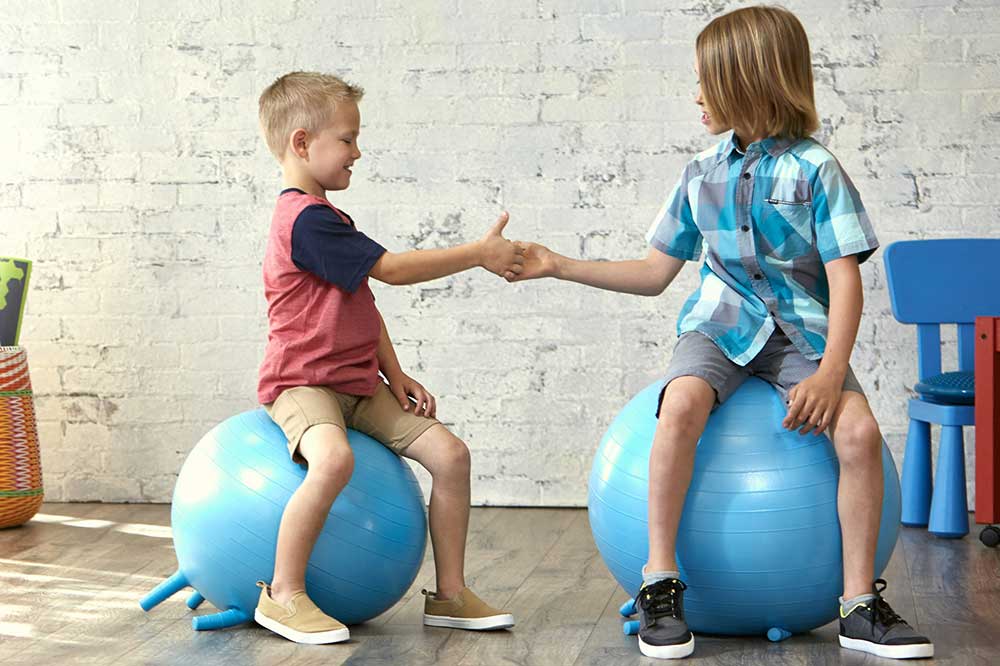All children can benefit from rolling, catching, kicking, dribbling and throwing the ball. This is a cheap, easily available, and versatile toy. Children are developing important motor skills, hand-eye coordination, timing, and coordination through playing with a ball, which is an important factor in their development. The skills children learn by playing ball will also be important once they graduate from cooperative and competitive games.
1. Why Kids Should Play Ball
The ball is a must-have toy. You can introduce these things to children when they are very young, because they can immediately strengthen the children’s motor skills and make them familiar with the surrounding environment. In the early stage, the baby will be attracted by things that can roll. Your baby will be attracted by the continuous movement of the ball. The ball makes children feel that they can control other things besides their own actions.
The ball helps build balance skills and allows children to practice transferring an object from one hand to the other. Rolling the ball back and forth is a way of establishing a social connection between two people (you and your child, or your child and siblings or playmates). This turn-based game also introduces the concept of cause and effect.
Toddlers will love to discover the various abilities of the ball, as well as the different effects of jumping, rolling, throwing and kicking the ball. When your child transitions from independent and parallel games to cooperative games, the ball is still a fun toy. This is essential for developing social skills, such as learning how to share, how to follow the rules, and how to negotiate.
2. Choose A Iight Ball
You can choose a variety of balls with different sizes, textures and hardness. Large balls require two hands to throw. This is a completely different technique than throwing a small tennis ball with one hand. Give your child the opportunity to practice these two methods.
Ball safety
All babies and young children’s balls should be large enough to avoid the risk of suffocation. Generally, this means that the diameter of the ball is at least 1.75 inches, and you can use a toilet paper clip as a guide so that your child will not accidentally swallow it
For young children, the most suitable ball may be the waffle ball, because they are very light and have holes for easy use by young children. They are also unlikely to cause injury or damage.
If you are using it indoors, you might choose a Velocity ball or a smaller, softball that is unlikely to break anything. Beach balls are also an interesting choice. Keep large and/or heavy balls outdoors, or use them indoors only if you can supervise them.
3. The Play Rules
Develop the basic rules for throwing the ball, whether it is indoor or outdoor, and implement them. You should also make rules. Don’t throw the ball at others unless they are ready to catch the ball. Teach your children that the ball should not be used as a weapon and that the ball can cause injury when thrown in the house.
Any game you play with a ball has rules suitable for your child’s age. Toddlers may be too young to understand rules other than safety, so the game should be simple (keep away fragile objects).
4. Ball Storage
Put a big box or basket on the floor, which can be used as storage or as a place to throw balls for fun games. Wicker baskets, laundry baskets and plastic containers are all fine. Make sure the container is not deep enough to prevent children from falling in when trying to retrieve the toy.
